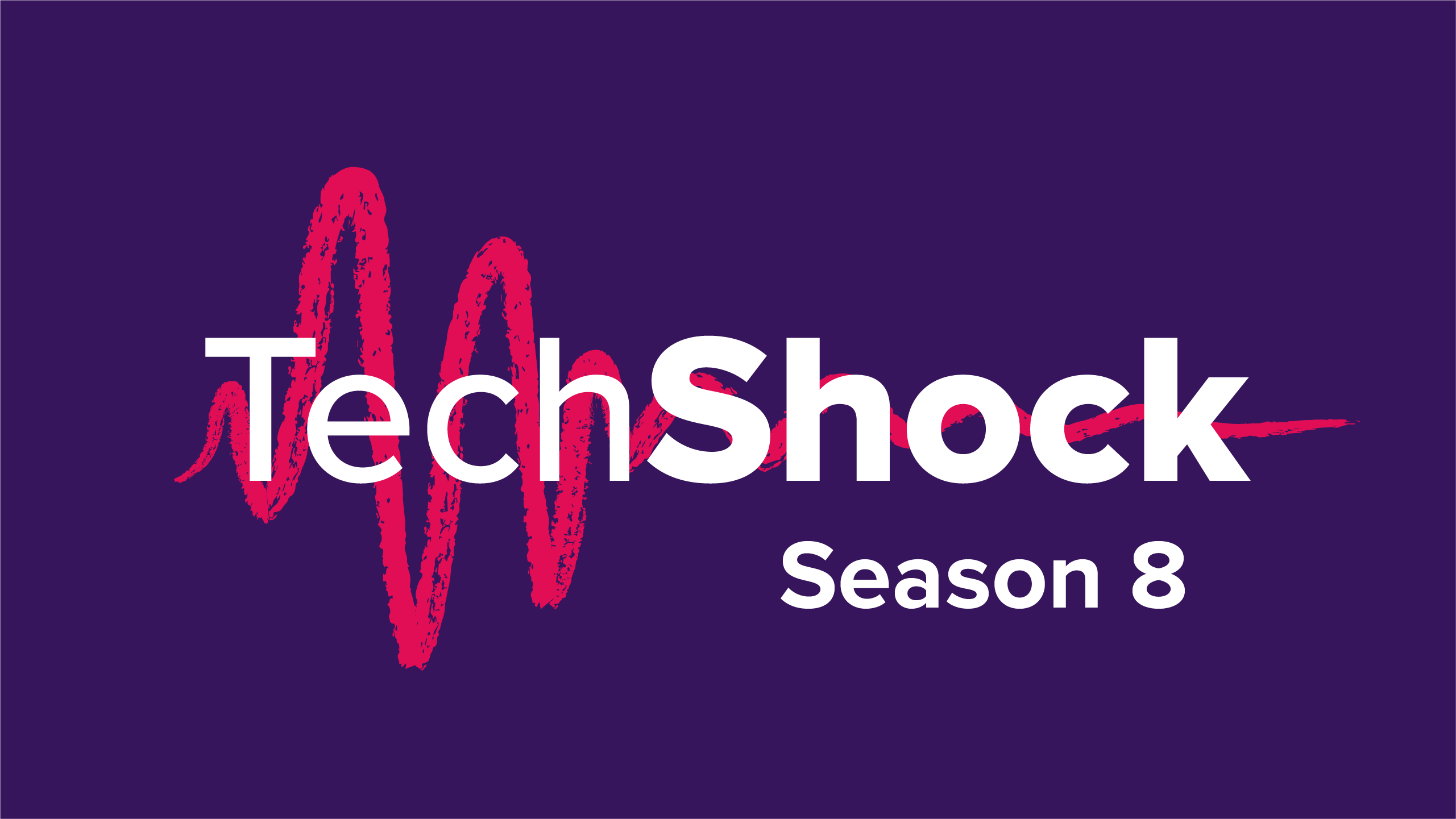Marketing in the metaverse
The ways in which we engage with brands, purchase items, and express ourselves online are constantly evolving. As new digital spaces become available, companies are quick to capitalise on the opportunities they present.
One of the more interesting shifts in consumer culture is taking place in the metaverse: the latest online space in which adverts and branded content can be used to target customers. And it’s big business. Analysts at Bloomberg predict that by 2024 the metaverse industry could be worth up to $800 billion.
But while some may consider the metaverse as simply the next advertising frontier, others might be concerned to see brands such as Hyundai and Adidas popping up when their children play Roblox or Fortnite.
So what does this mean for younger users online — and what might the risks be?
![]()
What is the metaverse?
While online and offline life has been converging for some time, the metaverse takes this to the next level. Through new and emerging technologies like virtual reality headsets, users of the metaverse engage with interactive digital environments like never before.
The term itself is used to describe a variety of virtual spaces, where users are able to customise their own avatars and chat to others, explore remote and exotic locations in 3D, and even watch their favourite artists perform live.
Note: it’s important not to confuse the metaverse with Meta, the parent company of Facebook, WhatsApp and Instagram, though the company itself is aiming to invest billions into developing the metaverse.

Due to high demand you can now attend our Digital Families Conference 22 on the 18th of October virtually, as well as in-person. Register here for free
Marketing in the metaverse
Much like the pattern seen in online gaming, these spaces have already begun to shift from entertainment to retail, as in-game advantages or unique cosmetic extras become available for sale.
Some of these transactions have already hit the headlines. In one remarkable instance, a virtual Gucci handbag was sold on Roblox for 350,000 ‘Robux’ (Roblox’s virtual currency). Given that this amount of Robux is the equivalent of around $4,000, the virtual handbag costs more than the ‘real’ thing.
Other more mainstream brands are eager to develop a presence in these virtual spaces too. Nike’s ‘NIKELAND’ within Roblox offers users sporting-based minigames and virtual Nike accessories, and car manufacturer Hyundai have their own ‘mobility adventure’ taking place in the game.
Adidas also have their own unique ‘OZWORLD’ island available in Fortnite, and even Wendy’s have established a virtual restaurant in the ‘WendyVerse’, where users can digitally grab offers for food at physical stores.
But why?
While purchasable (virtual) items like Gucci handbags or NIKELAND merchandise certainly generates revenue, brands’ motivation for developing a presence in these spaces is actually more nuanced.
Consumerism is fueled by people recognising certain brands and wishing to associate with them, and the metaverse facilitates this; allowing individuals to express themselves with branded products and to engage with companies.
Equally, the metaverse gives these companies an opportunity to gradually build brand awareness among potential customers, all in a new online environment.
The corporate investment in the metaverse shouldn’t be overlooked. Brand awareness makes it easier for companies to compel people to buy (or desire) items in both the online and offline world. If our avatar dresses, drives, or eats a certain way, then why shouldn’t we?
Likewise, given the already massive persuasive power of influencers and celebrity figures on social media, it’s likely that the metaverse will become a new way for these individuals to endorse products.
For example, rapper Travis Scott (whose virtual performance in Fortnite was watched by more than 12 million viewers) had his own McDonald’s meal named after him — unsurprisingly, this meal was enormously popular with younger customers.
Should we be concerned?
As the metaverse continues to become commercialised, children might worry that not owning the latest virtual pair of trainers, avatar, or ‘skin’ in the metaverse makes them seem out of place among peers and even a target for cyberbullying.
Remember, however, that many of your offline discussions are just as applicable to the metaverse. For instance, you might find it helpful to discuss with them that — both online and offline — it isn’t necessary to look a certain way just because others do.
Pressure to spend in the metaverse can also have negative consequences — just like it can in online gaming.
Children may struggle to understand the ‘real-world’ value of virtual currencies used in some games and platforms, and ‘dark nudge’ techniques like microtransactions, loot boxes, and limited-time deals can be manipulative, especially to younger users.
Read our guide on pressures to spend online, and why we believe the gaming industry should be more regulated to help protect against these techniques.
The potential impact of meta-influencers could also be a concern where advertising and spending is concerned. While social media influencers are required to clearly identify promoted content, they do not always do so.
In 2022 Ofcom reported that, despite the fact children are often confident that they are able to identify advertising online, this “confidence was not matched by performance, particularly among younger users”.
And whilst it is unlikely that Hyundai expects immediate sales from their involvement with Roblox (especially given the often young age of the game’s player-base), they are still making their brand visible to future potential customers.
As Ofcom’s research suggests, younger users of the metaverse may understandably fail to grasp that they are being marketed to, and that the platforms and games they use for entertainment are often financially incentivised to keep them there.
What else do parents need to know?
The forthcoming Online Safety Bill aims to make the UK ‘the safest place in the world to go online’ — but previous drafts have failed to mention gaming and its potentially manipulative practices, many of which we are beginning to see repeated in the metaverse.
This bill, whilst having the potential to be greatly beneficial for young people, needs to keep up with online spaces like the metaverse as and when they evolve, or it risks being quickly outdated.
Whilst it’s always good news that the government is being proactive in eliminating these risks, it’s still vital for all of us to develop our media literacy and critical thinking.
By being critical and having the right kind of questioning mindset we’ll be most able to understand the motivations behind advertisements and endorsements in the metaverse, as well as the psychological pressure children might face.
Finally, remember that new technologies — from mobile devices to the internet — are usually daunting when they first appear. It’s natural to worry about emerging trends and the effect on young people, but the metaverse, used responsibly and regulated properly, can offer them expressive freedom, inclusivity, and entertainment.
Further reading
Latest Articles

The Tech Shock podcast – the 'wicked problem' of child financial harms
This week Vicki is joined by PUBLIC's Maya Daver-Massion and Zixuan Fu to unpack child financial harms.

The Tech Shock podcast – has media literacy’s time finally come?
Vicki and Geraldine are joined by Professor at Bournemouth University, Julian McDougall, to discuss all things media literacy.

The Tech Shock podcast – the emerging gender divide
Rosie Campbell, professor of politics and director of the Global Institute of Women's Leadership at King's College London, joins Vicki to discuss gender and online life.


